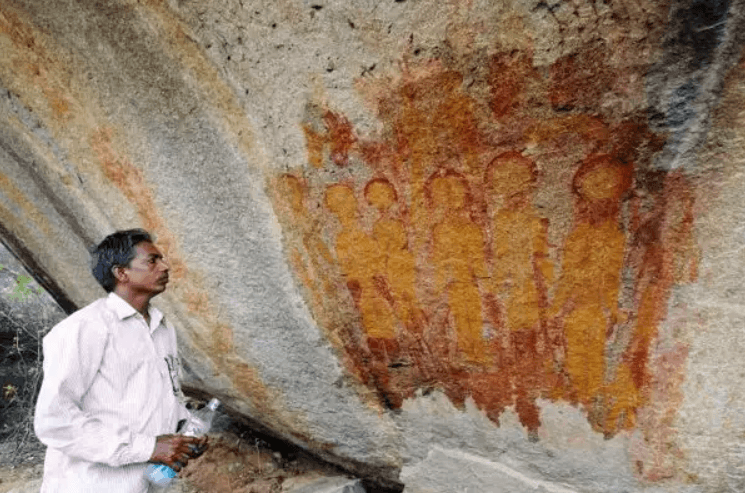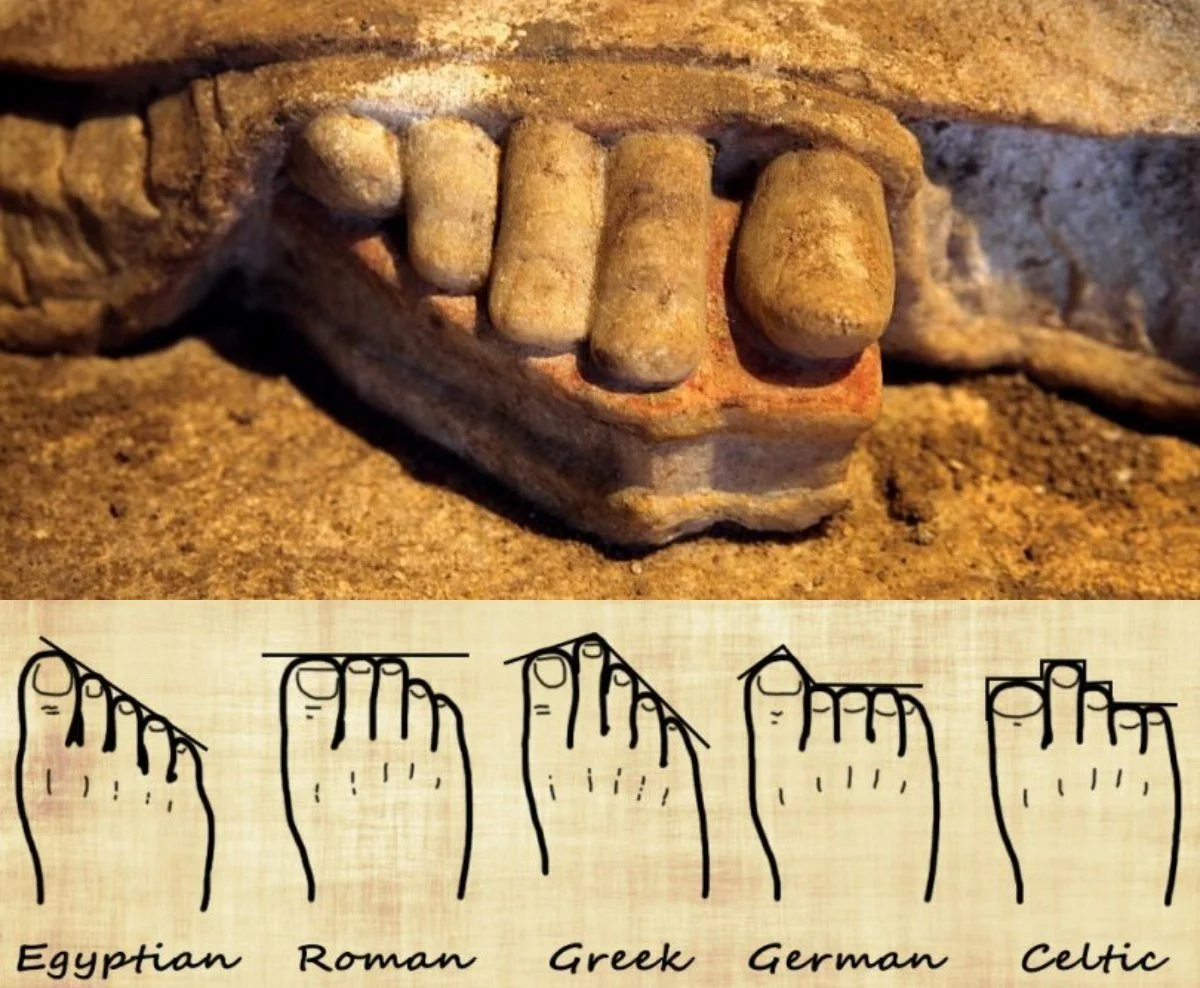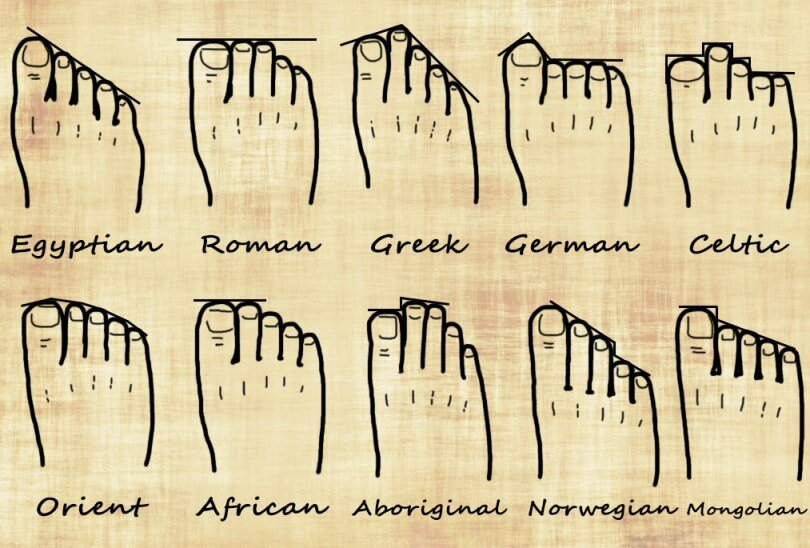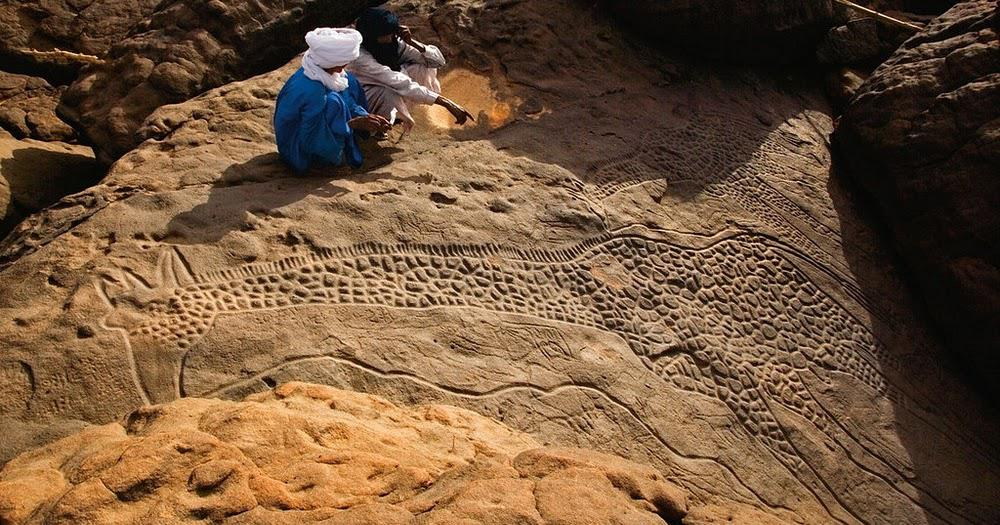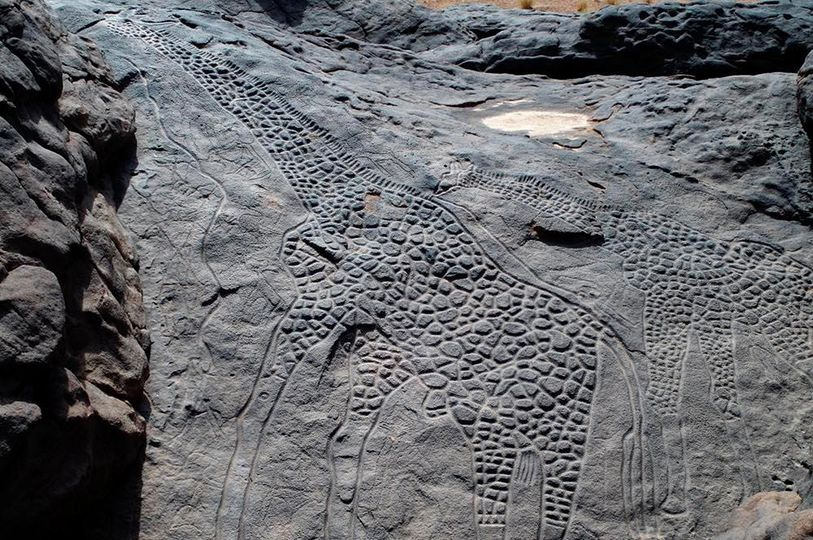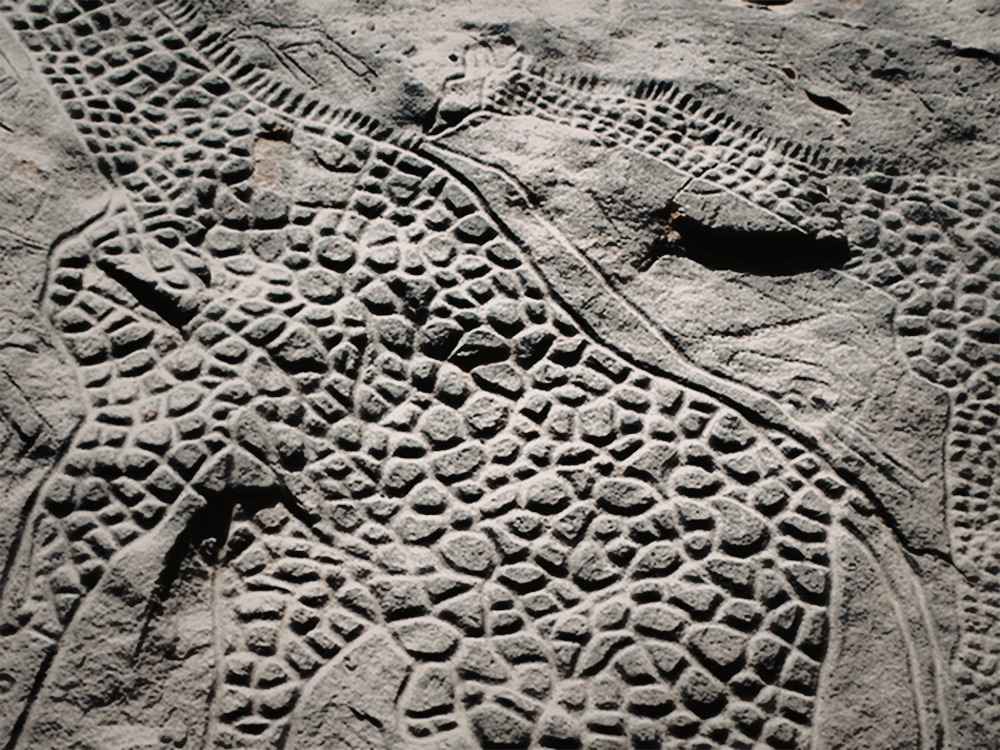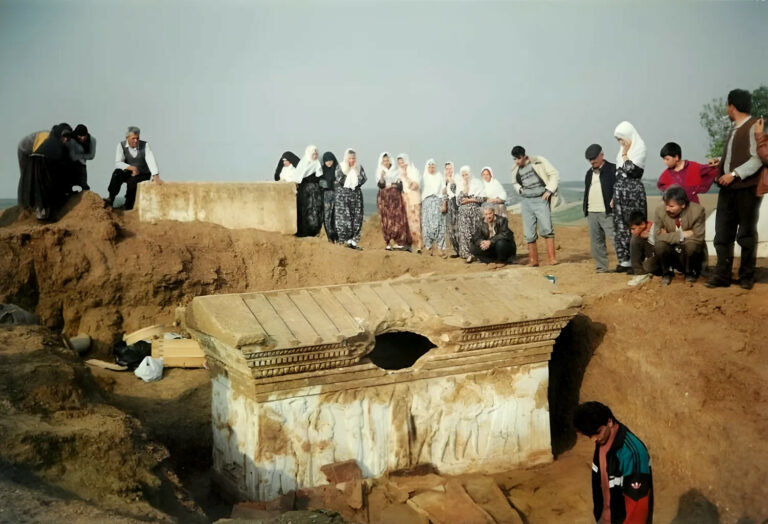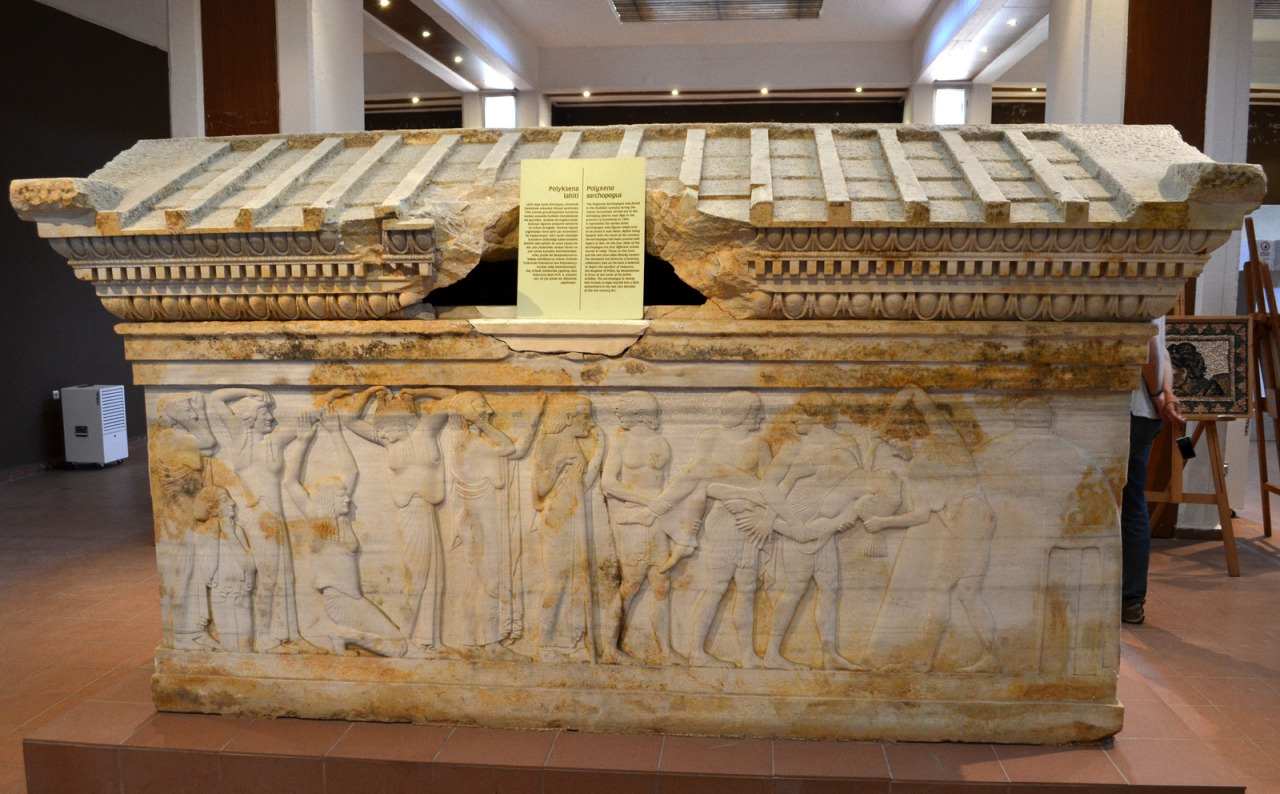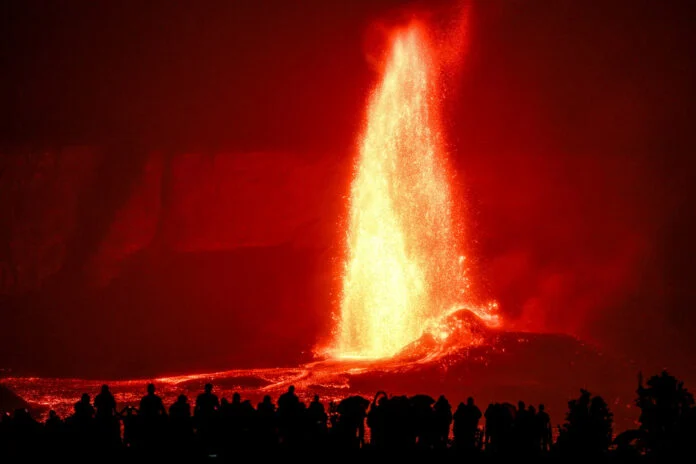Roman roads have long been admired for their durability and advanced construction techniques, playing an essential role in the expansion and governance of the Roman Empire. These roads were more than mere routes; they were carefully designed and constructed pathways that connected cities, military outposts, and ports across thousands of miles. Their longevity is a testament to Roman engineering prowess, with many of these roads still intact today. This article will explore the methods Romans used to construct these enduring pathways, the reasons behind their remarkable durability, and the logistics behind their construction timeline.
How Were Roman Roads Constructed?
The Romans employed a meticulous, multi-layered process to construct their roads, which provided both stability and durability. Here’s a step-by-step breakdown of the construction technique:
Surveying and Planning: Roman engineers, known as agrimensores (land surveyors), first marked out the road route using tools like the groma and chorobates, which allowed for precise alignment and leveling. They aimed for direct paths, regardless of natural obstacles, which were either bridged or tunneled through when possible.
Excavation and Foundation: Once the path was marked, laborers would excavate a trench, which varied in depth depending on the terrain and intended use of the road. This trench was foundational, as it provided stability for the road structure.
Layering Materials: Roman roads were constructed in multiple layers, each with specific materials and purposes to ensure stability and drainage:
Statumen: The first layer was a base of large stones or rubble (usually around 20 cm thick), which provided a solid foundation.
Rudus: Above this was a layer of smaller stones and mortar, approximately 25 cm thick. The use of mortar was essential in binding the materials and providing a robust underlayer.
Nucleus: Next was a layer of finer gravel or crushed stones, which formed a solid yet smoother surface. This layer was usually around 20 cm thick.
Pavimentum: Finally, on top was a layer of polygonal stone slabs, fitted closely together to form a durable surface. The stones were often cut to create a cambered shape, allowing water to drain off easily to the sides.
Cambering and Drainage: One of the crucial aspects of Roman road durability was its effective drainage system. The Romans used a slight camber (curved shape) to ensure water runoff, preventing pooling and erosion. Ditches or culverts on either side of the road carried away the excess water.
Finishing Touches: Some roads included raised curbs, particularly in urban areas, to separate pedestrian areas from the main path. Occasionally, they installed milestones and inscriptions to indicate distances and directions, adding utility to the road’s design.
Why Are Roman Roads So Durable?
Several factors contributed to the extraordinary durability of Roman roads:
High-Quality Materials: The Romans selected materials based on the terrain and climate. In volcanic regions, they utilized volcanic stone for added durability, and in other areas, they incorporated local materials, optimizing each road’s resilience.
Layered Structure: The multi-layered structure of Roman roads helped distribute weight effectively. This layering prevented the surface from sinking or cracking under the weight of carts, animals, and pedestrians.
Cambered Design: The slight upward curve in the center of the road was a masterstroke in road engineering, as it directed water away from the road surface. This design minimized water damage, which is a primary cause of wear and erosion in roadways.
Regular Maintenance: The Romans established a network of inspectors who oversaw maintenance, ensuring that damaged sections were quickly repaired. This proactive approach helped preserve the structural integrity of the roads.
Strategic Alignment and Construction: Roman engineers preferred straight roads, which minimized stress points and reduced wear. Additionally, they adapted the road’s depth and materials to the local environment, ensuring the foundation was stable and resistant to regional weather conditions.
How Thick Was a Roman Road?
Roman roads varied in thickness, but the typical road was around 3 to 5 feet (1 to 1.5 meters) thick. This depth, created by the layered construction method, ensured that the road could bear the weight of heavy traffic without settling or cracking.
In mountainous or marshy regions, Roman engineers sometimes increased the thickness for added stability. Roads in flat, dry areas might be thinner but were still built to last through layers that supported both function and longevity.
How Long Did It Take the Romans to Build a Road?
The time it took to build a Roman road depended on several factors, including the terrain, available labor, and the urgency of the project. Generally, a Roman road could take several months to a few years to complete. For instance, a straight road over a relatively flat landscape could be constructed in less time, sometimes within a year. However, in challenging terrains with obstacles like rivers or mountains, road construction could extend to several years.
The Roman Empire employed a large workforce for road construction, including soldiers, local laborers, and slaves. Military engineers supervised the process, often constructing roads strategically to facilitate troop movement. This mobilization ensured a swift pace, as roads were critical for connecting new territories and securing the empire’s borders.
Conclusion
The engineering marvel of Roman roads lies in their systematic approach to construction, durable materials, and innovative drainage solutions. These roads were much more than mere transportation routes; they symbolized Rome’s technological prowess and administrative reach. From the famous Via Appia in Italy to roads spanning the far reaches of Britain, the longevity of these ancient pathways speaks volumes about the advanced state of Roman engineering.
By understanding the methodology behind these enduring constructions, we gain insight into the Roman Empire's commitment to infrastructure, its understanding of environmental adaptation, and the sheer willpower that went into building a network that united an empire stretching over three continents. Today, Roman roads continue to inspire modern infrastructure, and their legacy endures as a remarkable example of ancient engineering at its finest.





